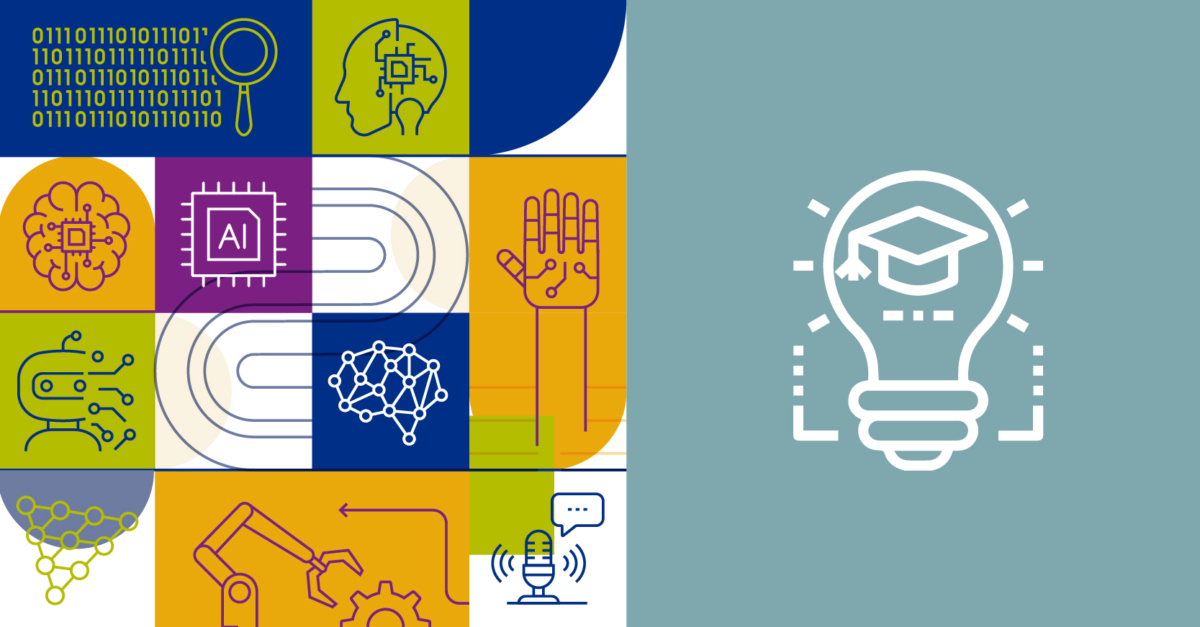As AI continues to weave its way into the fabric of higher education, educators and administrators will increasingly need to uphold a high standard of AI accountability and responsibility. Safeguards must be instituted at colleges and universities to ensure the ethical, fair, and responsible use of AI, and transparency will emerge as a critical element in building trust within the campus community.
Why is AI Transparency So Important
As the use of artificial intelligence in higher education increasingly shapes institutions, fostering AI for trust and transparency in higher education is essential. Open communication about how AI is being used responsibly cultivates understanding, which is crucial for establishing trust within the university community.
Establishing trust through transparency can take many different forms. It includes implementing transparent data collection practices, establishing clear algorithms, and adopting transparent decision-making processes based on those algorithms. It also extends to transparent data storage procedures and equitable use policies, transcending different university departments and functions.
How Will AI Transparency Lead to More Ethical Higher Education?
Incorporating artificial intelligence into higher education necessitates a balanced approach that harmonizes technology with human judgment. To ensure that AI contributes positively to the admissions process, AI for trust and transparency in higher education is paramount. Colleges and universities must maintain clear and open communication about how the AI-powered search tool, outreach, and its overall algorithms operate, what data they consider, and how they influence admissions decisions. This transparency fosters trust and helps stakeholders understand that AI is not a replacement for human judgment but rather a tool for enhancing fairness and equity. Responsible AI use means that institutions are committed to using technology to identify and rectify biases, ideally ensuring that admissions decisions are made based on merit and inclusivity.
While AI-driven improvements in operational efficiency can help institutions achieve their financial objectives, the responsible use of AI for trust and transparency in higher education should be at the core of these initiatives. Transparency plays a vital role in ensuring that AI systems are used ethically and responsibly. Institutions must provide clear explanations of how AI is employed in operational processes, such as fiscal management or resource allocation. This transparency allows for scrutiny and accountability, ensuring that AI-driven decisions align with the institution’s values of fairness, equity, and responsible stewardship. In this way, AI becomes a valuable tool not only for financial optimization, but also for upholding the institution’s ethical standards and commitment to its community.
3 Best Practices for Enhancing AI Transparency
For institutions to leverage the benefits of using AI for trust and transparency in higher education, they need a playbook of best-practice strategies.
1. Share the (data) load.
In a diverse university environment, it’s essential for the entire team to grasp the significance of transparent AI practices. While various departments and roles handle different aspects of data, a shared understanding of the institution’s AI objectives, ethics, and values is crucial.
2. Identify your biases.
When universities integrate AI to improve student services, initial algorithms may exhibit biases inherent in the data they are based on. Teams must acknowledge these biases and employ AI-powered outreach to identify and address them within enrollment processes. This involves transparently addressing any disparities and proposing solutions.
3. Debunk AI myths.
University leadership can use their structures to normalize AI in daily operations and dispel misconceptions. Regular information sessions and support meetings can demystify AI, equipping staff with shared knowledge and values and fostering unity when engaging with students and stakeholders.
The Critical Importance of Transparency in Education When Using AI
The ongoing integration of AI in higher education is an opportunity to revolutionize strategic enrollment strategies, student services, and institutional operations. However, it comes with a responsibility to prioritize AI for trust and transparency in higher education. By sharing a collective understanding of AI’s goals and values, acknowledging and mitigating biases, and dispelling misconceptions, colleges and universities can not only leverage AI effectively but also ensure that its use aligns with ethical principles. Transparency serves as the foundation upon which trust is built, both within the institution and with the broader community, ultimately fostering a more equitable and informed environment for all stakeholders.
